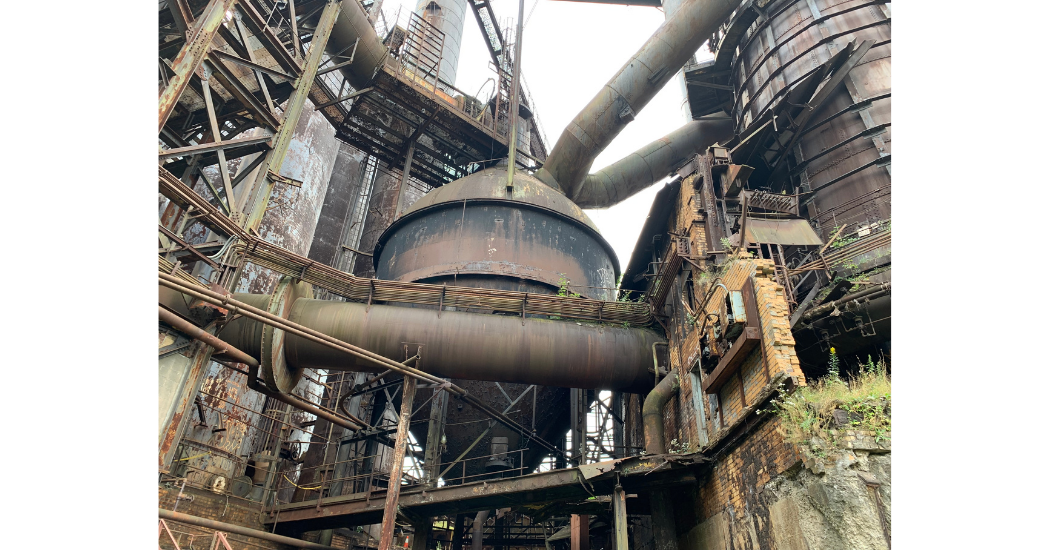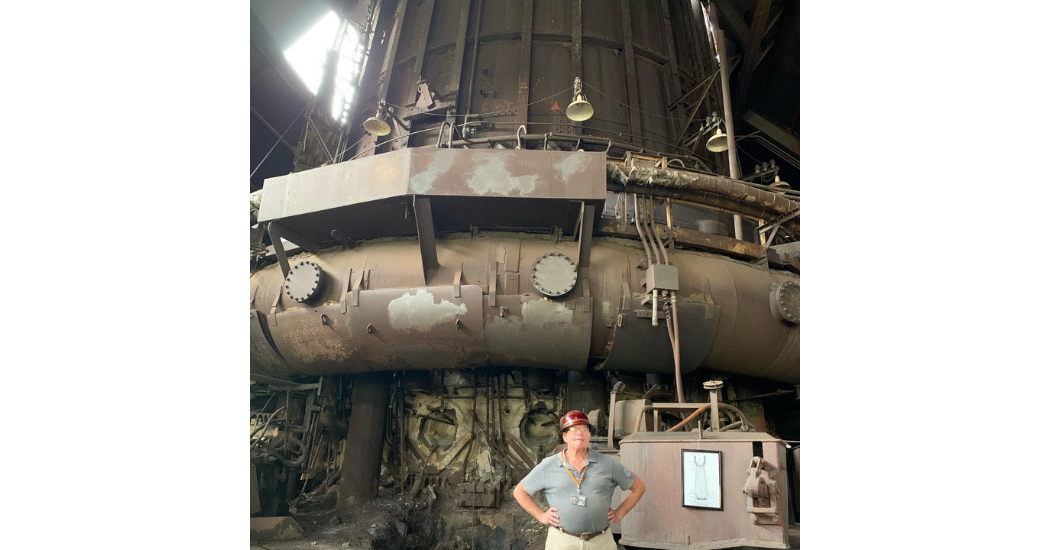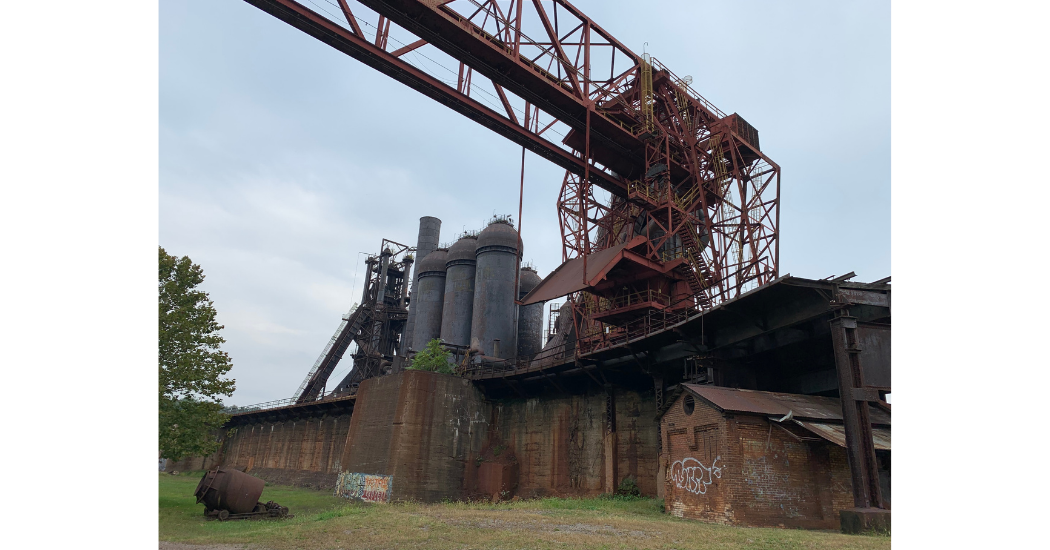This past weekend to celebrate MFG Day, I went and took a guided tour at the Carrie Blast Furnaces here in Pittsburgh, PA. If you know anything about Pittsburgh, besides being a huge sports City – we dominated the steel industry in the 20th-century.
To give you a little Pittsburgh history lesson…
In 1875, Andrew Carnegie began steel production in Pittsburgh. Enter Henry Clay Frick, grandson of western Pennsylvania whiskey distillers, whose claim to fame was building and operating beehive coking ovens where coal was turned into coke (a necessary raw material in steel making). Both of them partnered up to form the Carnegie Steel Co., which later merged into the United States Steel Corp. Also, a really cool fun fact I learned is that there are a total of seven hot metal bridges in the world (needed for transporting molten metals) and four of those bridges reside in Pittsburgh.

Carrie Furnaces #6 and #7 are the only non-operative blast furnaces in the region that remain, hovering 92 feet over the Monongahela River and have been kept up by the local Rivers of Steel heritage group whose mission is to revitalize and celebrate the region’s industrial history. As I was taken along on this tour of the grounds and educated about the massive, legendary U.S. Steel Homestead Steel Works history, I couldn’t help but have an even greater appreciation for the Manufacturing industry here in Pittsburgh and the incredible things we were able to accomplish until the collapse of the region’s steel industry in the 1970s and 1980s.
Our guide was a veteran who after he got out of the military went to work in a similar Steel Mill. Because of his first-hand experience, he was able to give so much insight about not only the Carrie Furnaces location but real insider knowledge on what life was like back then in these mills. He focused a lot on the people and as you know from being part of our digital community here at Empowering, we love the people!

He spoke about just how hard and dangerous these jobs were for people but also that if you stuck with it, it was a great job to provide for you and your family. You made the most money you could without needing an education, along with benefits, and in a lot of cases housing for you and your family. Also, mentioning that because these manufacturing jobs were so in-demand that people would travel from all over the world to come and make a life for themselves here. Thus, contributing to the rich cultural diversity that Pittsburgh has to this day.
The biggest surprise that really shouldn’t have been a surprise was about safety and how it was non-existent back then (until OSHA came along). One of the stories he told was how if you got injured on the job, they would give you a short break, a shot of whiskey, and you’d have to get back to it. Thank goodness for progress in regulations and safety gear to keep our workers as safe as they can be. Lastly, he talked about when they started to let women work in the mills and how hard it was for people to accept and welcome them warmly. He also mentioned that the best crane operator he’s ever worked with was a woman and how he was an ally at his plant for women making a name for themselves in the workforce. I liked him before that statement and then even more after!

This little flashback into the manufacturing industry here in Pittsburgh and the recent MFG Day on October 1st, leads me to ask the question…what are we doing to keep manufacturing alive and well? Don’t get me wrong, manufacturing is doing well and continues to keep growing – but so does the skilled trades gap and getting people enthusiastic about this industry and wanting to be part of it.
Back when Carrie Furnaces was in its heyday, I would have never wanted to work in that environment. It was the picture of a hard, dirty, and dangerous job. This industry has come so far, yet, I think we still have this same image in our heads of what it’s like to work in manufacturing. And this is what we need to be actively trying to change. Showing people what it really looks like to work in manufacturing and that yes, there are still jobs in this industry that are hard, dirty, and dangerous but there are so many more that are bright, inspired opportunities where you can really make a difference.




